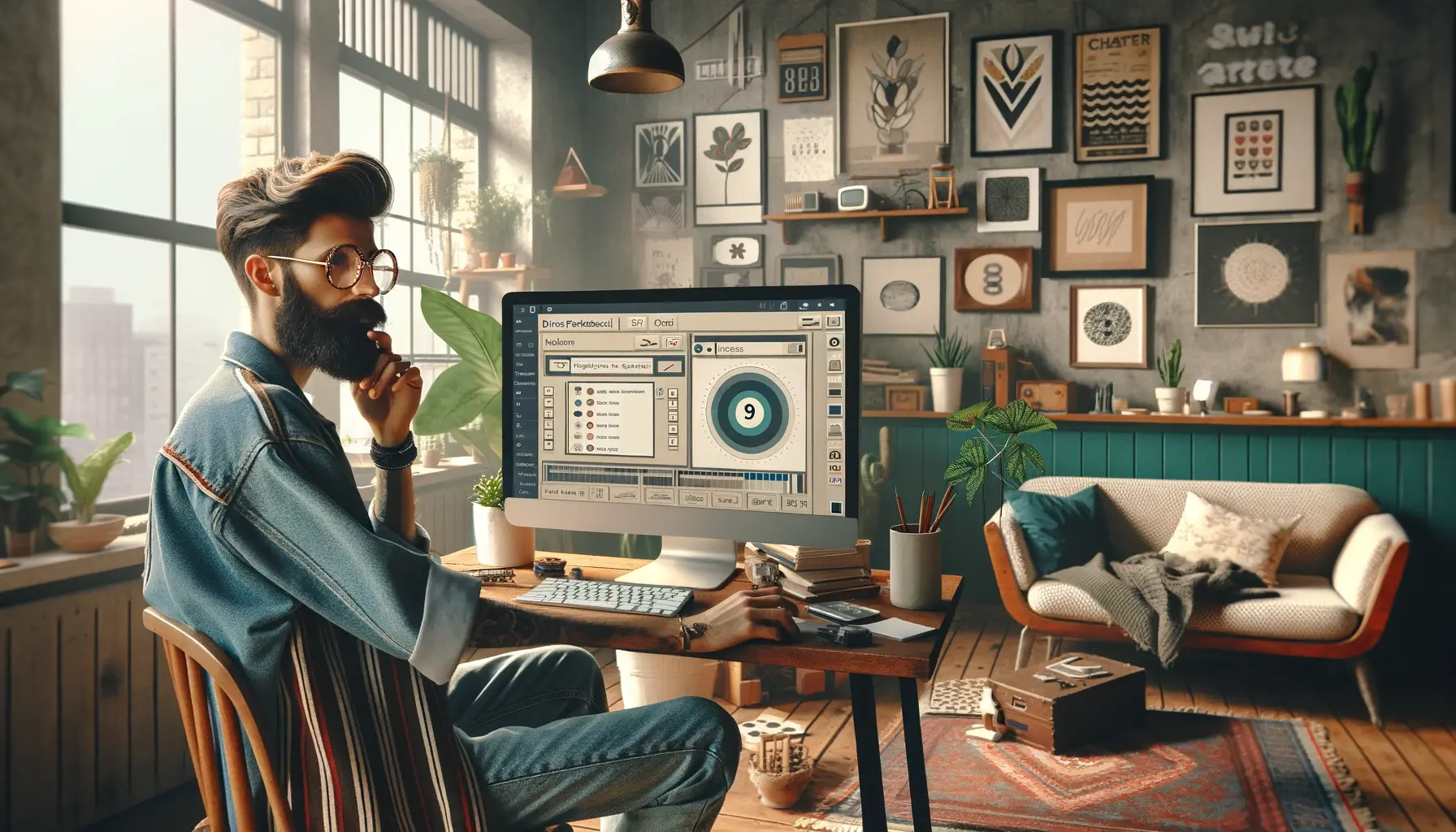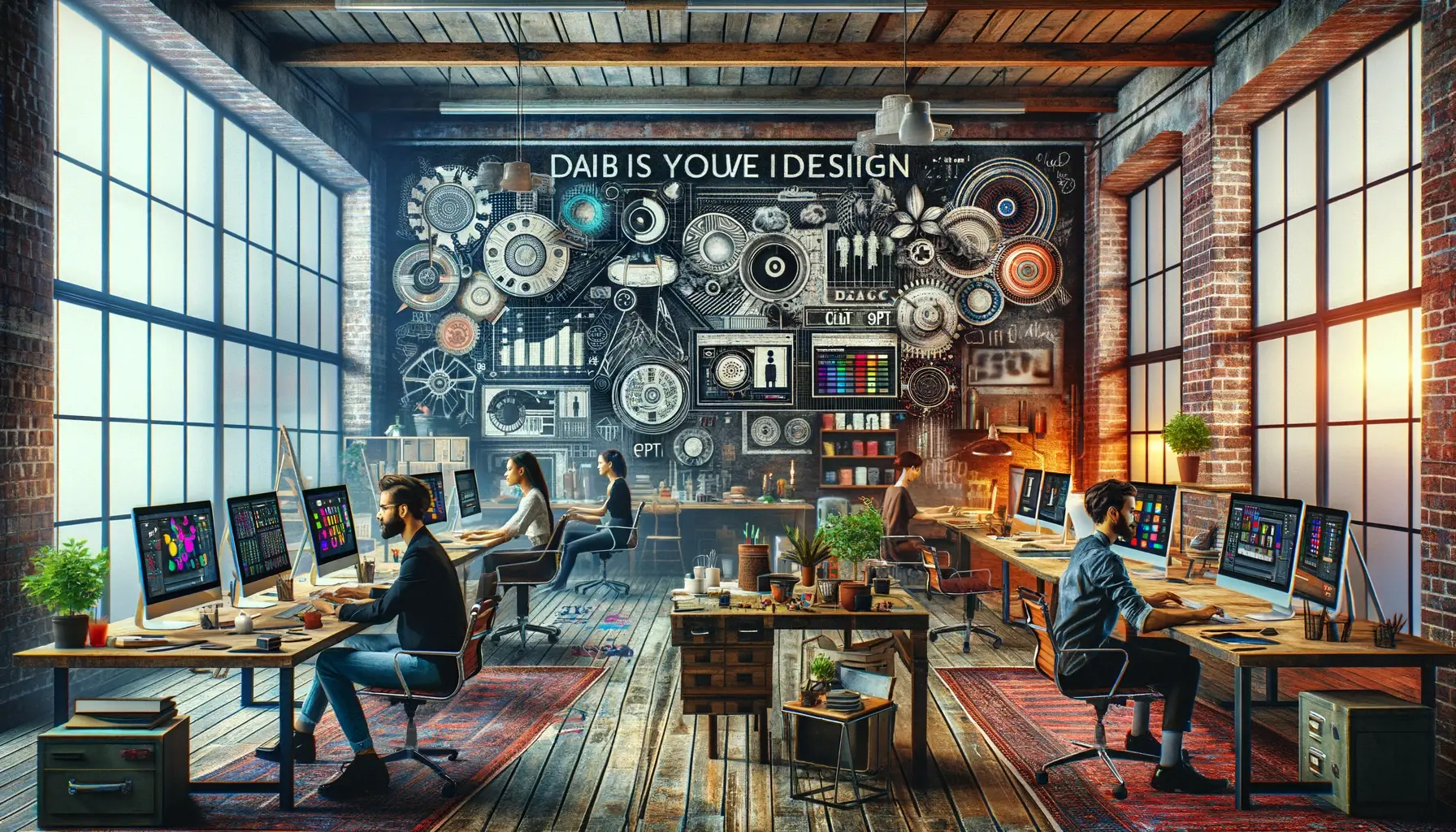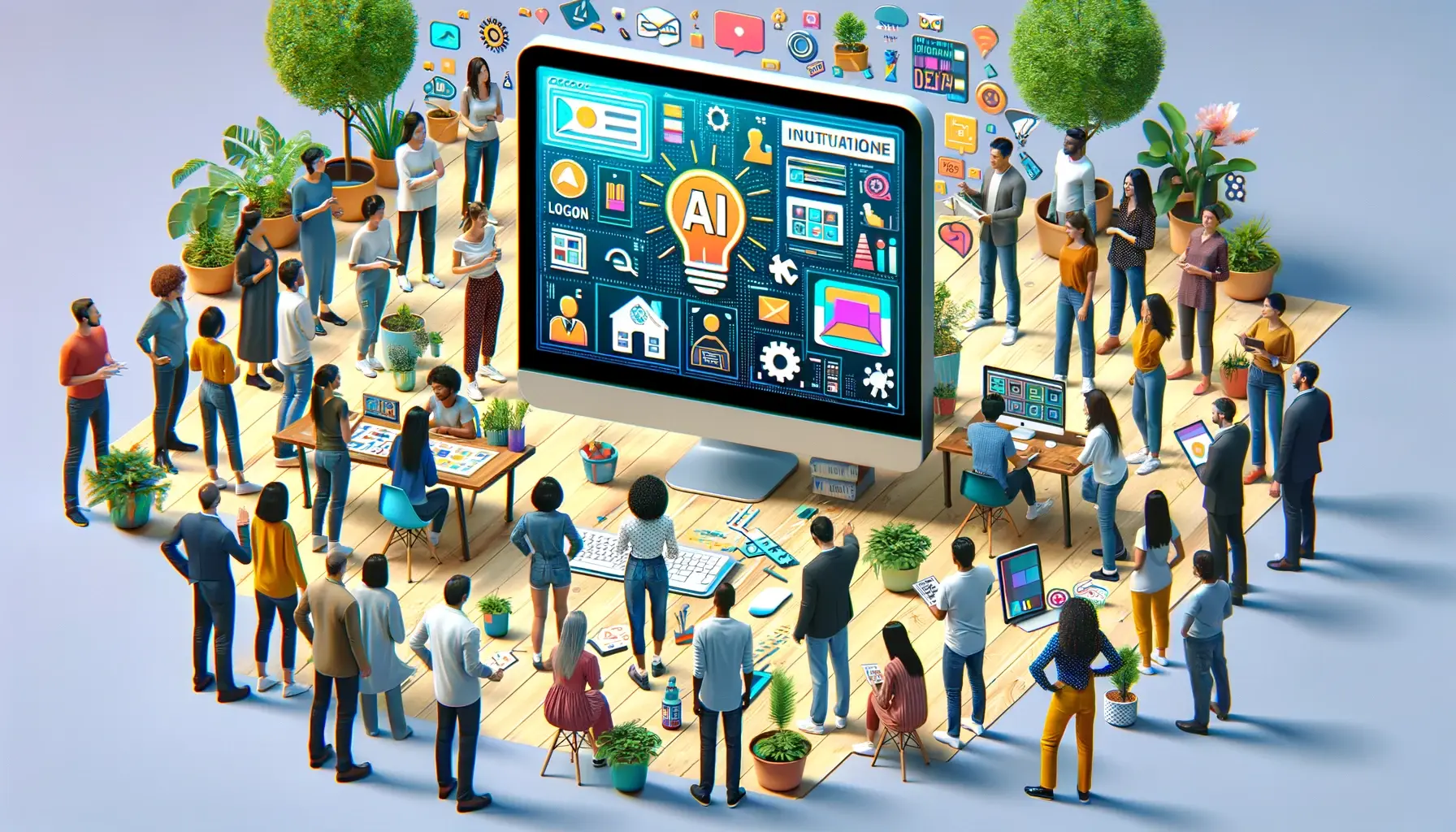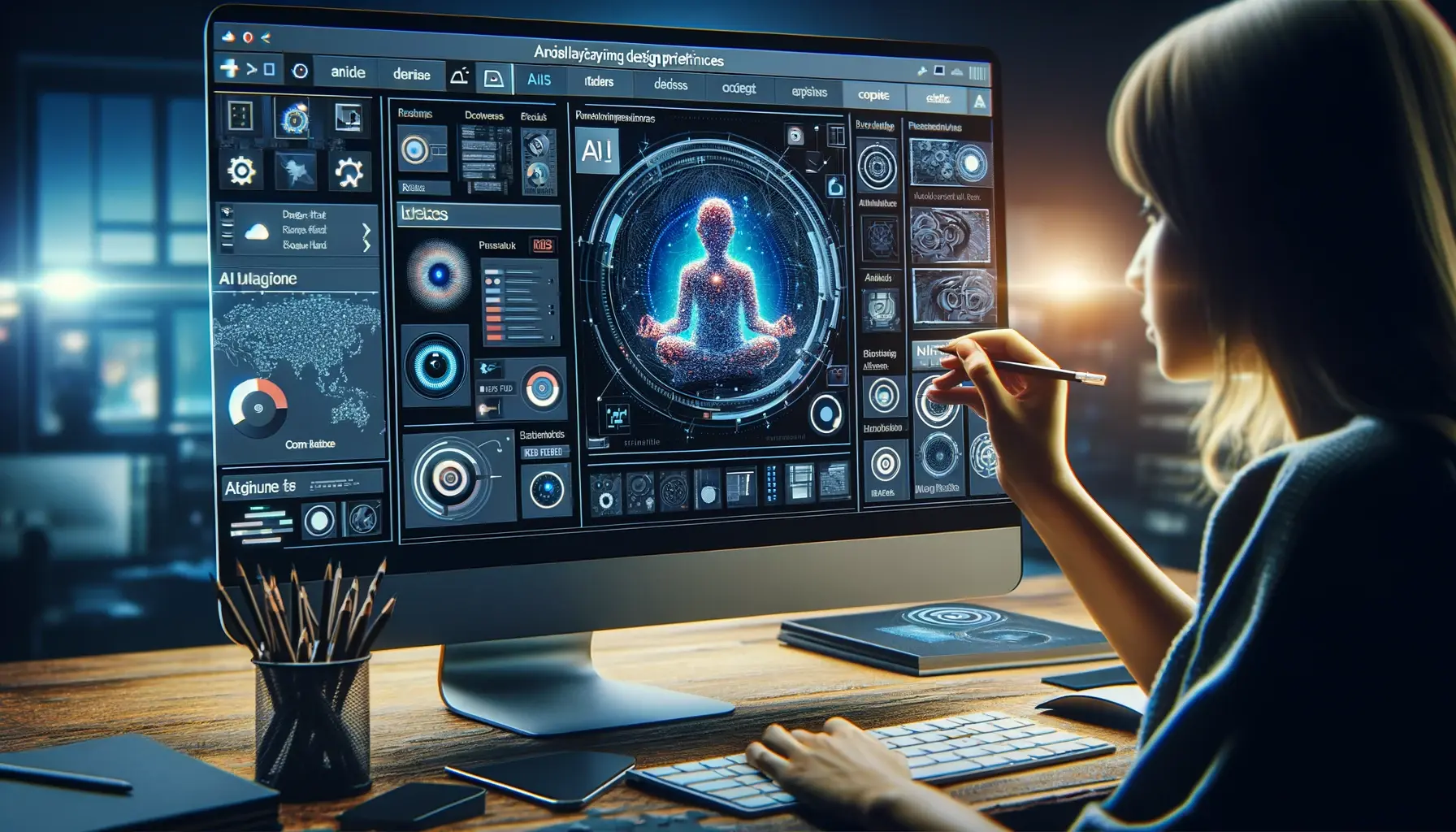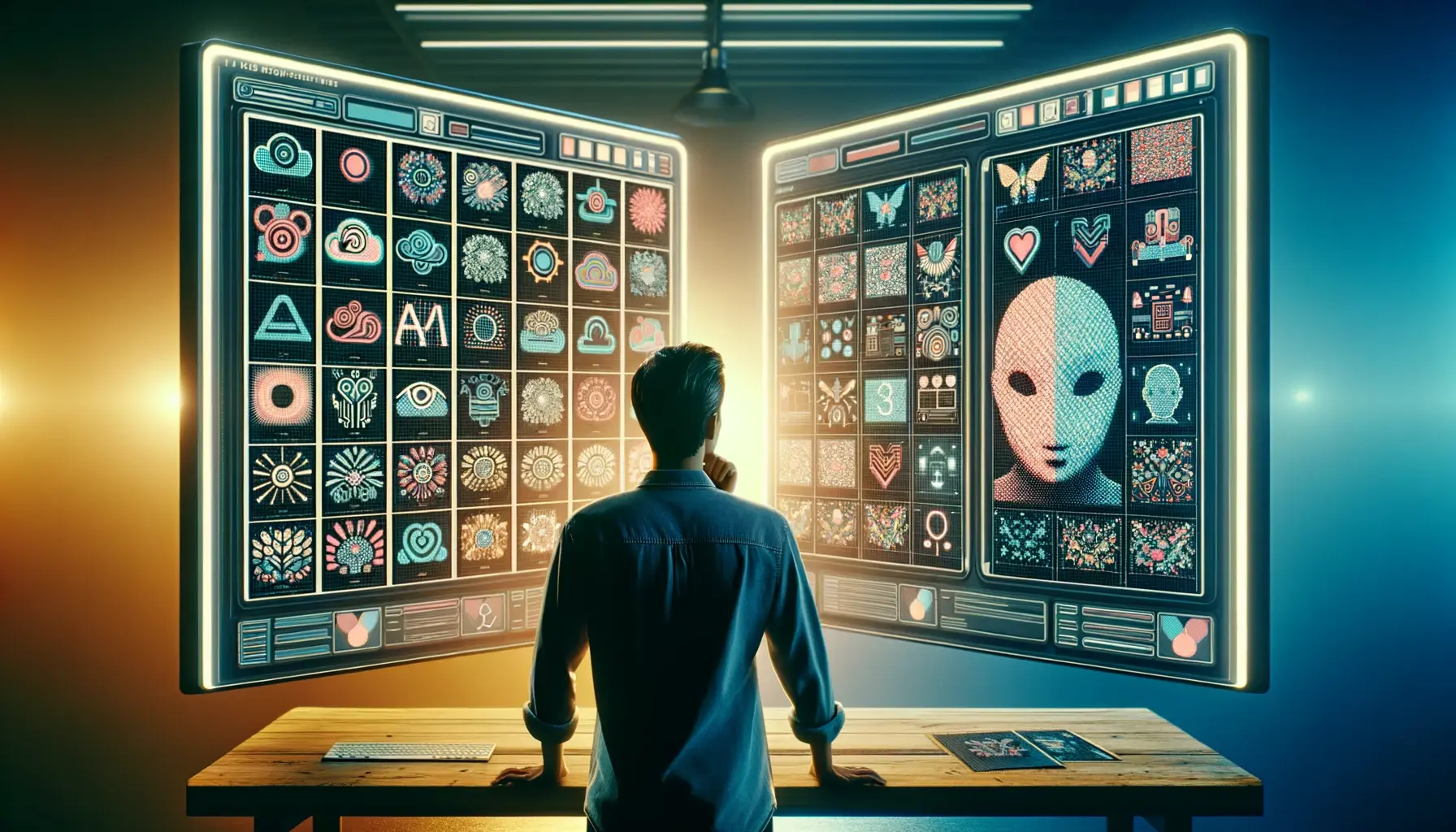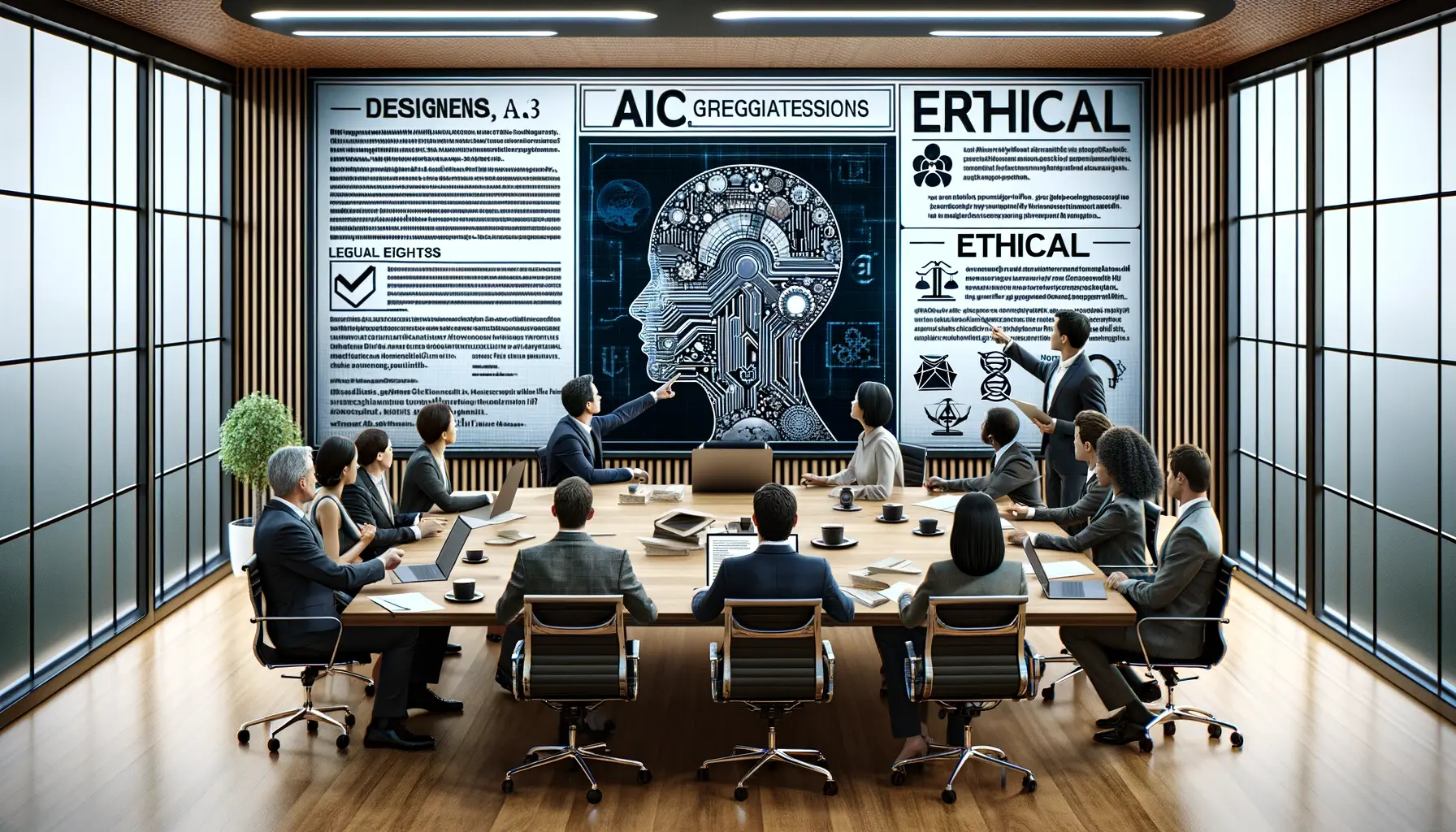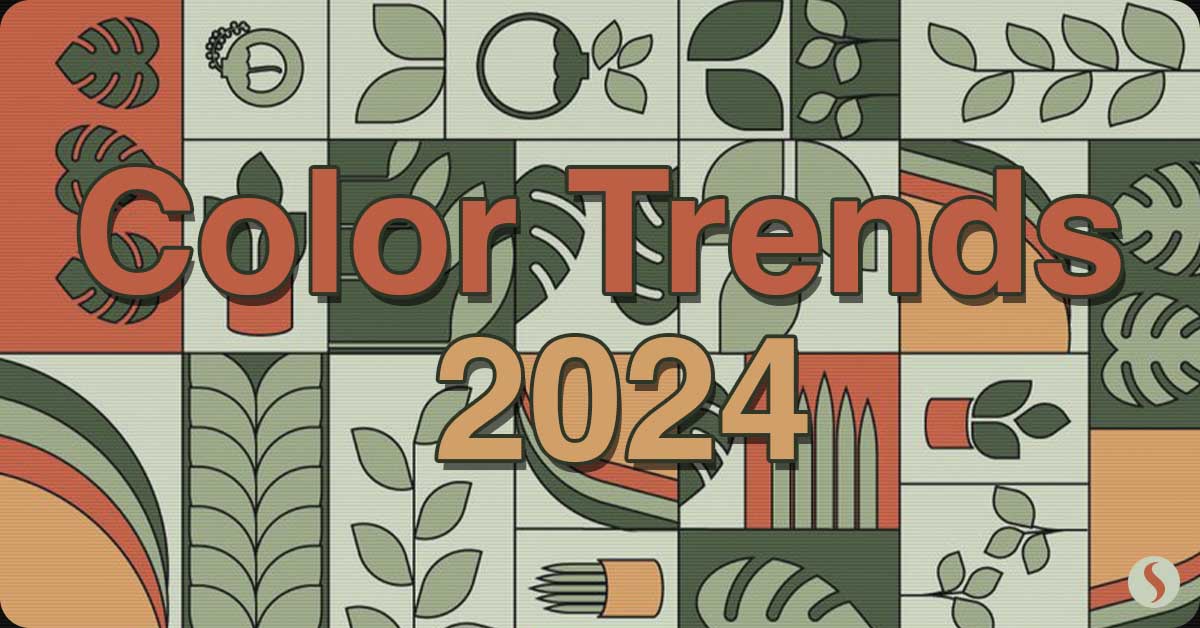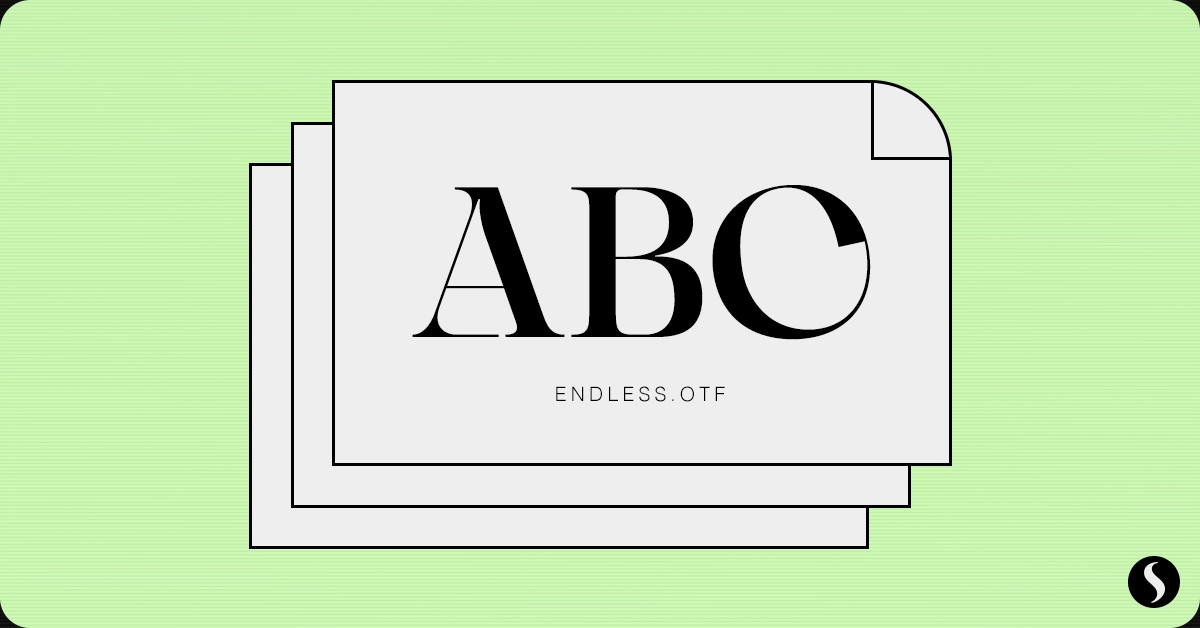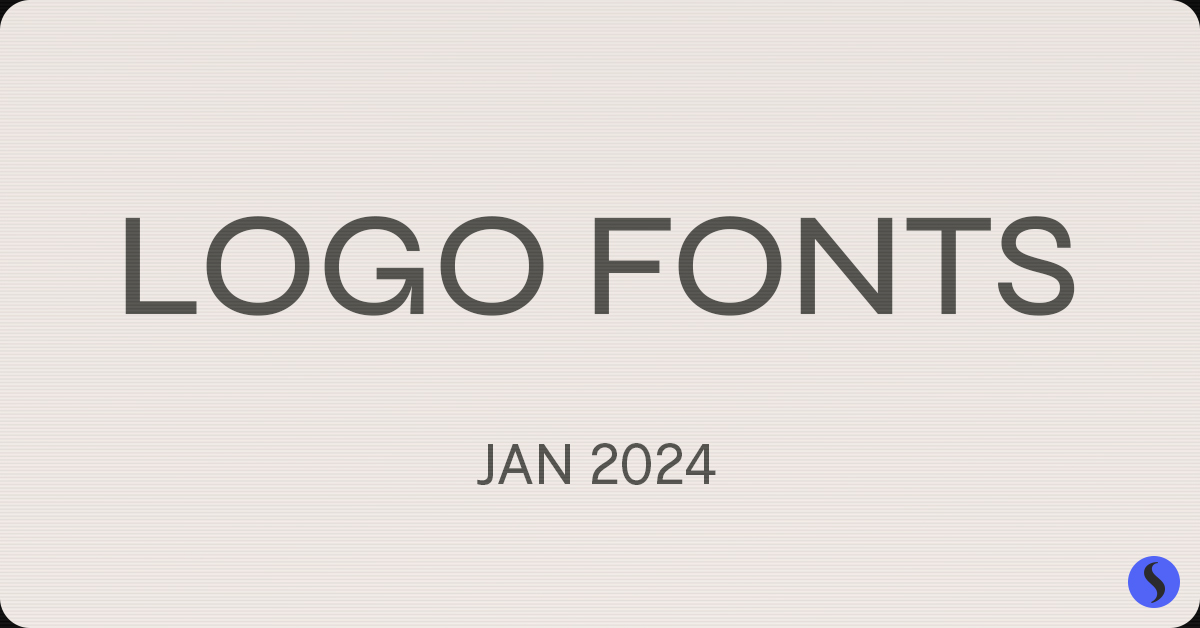EXPLORE OTHER BLOGS
The Impact of ChatGPT on Graphic Design
A Revolution in Creativity
Information
Ash Lane
January 28, 2024 · 4 min read
In the realm of graphic design, the advent of advanced AI tools like ChatGPT has sparked a significant transformation. Traditionally rooted in human creativity and technical skill, the field is now experiencing an unprecedented blend of artificial intelligence and artistic expression. This article delves into the multifaceted impacts of ChatGPT on graphic design, exploring both the challenges and opportunities it presents.
Enhanced Creativity and Efficiency:
ChatGPT has become a powerful ally for graphic designers, offering rapid prototyping and idea generation. Designers can interact with ChatGPT to refine concepts, explore color schemes, and develop layouts at an astonishing pace. This AI-driven approach not only enhances creativity but also significantly boosts efficiency, allowing designers to meet tight deadlines without compromising on quality.
Personalized Design Solutions:
One of the most notable impacts of ChatGPT in graphic design is its ability to offer personalized design solutions. By analyzing data and understanding user preferences, ChatGPT can create designs that are highly tailored to individual needs. This personalization extends to various aspects of design, from typography to imagery, ensuring that each creation resonates with its intended audience.
Democratization of Design:
ChatGPT has played a pivotal role in democratizing graphic design. With AI tools becoming more accessible, individuals who may not have formal training in design can now create high-quality graphics. This democratization is empowering businesses, especially small enterprises and startups, to create their marketing materials, logos, and other design elements without the need for a professional designer.
The Challenge of Originality and Authenticity:
While ChatGPT offers numerous advantages, it also raises concerns about originality and authenticity in design. The ease of generating designs through AI might lead to a homogenization of styles and a decrease in truly unique and innovative creations. Designers are challenged to maintain a balance between leveraging AI capabilities and ensuring that their work remains distinct and authentic.
Ethical Considerations and Intellectual Property:
The use of ChatGPT in graphic design also brings to light ethical considerations and questions about intellectual property. As AI-generated designs become more prevalent, it becomes crucial to address issues related to the ownership of AI-created content and the ethical implications of replacing human designers with AI in certain scenarios.
Design Feedback and Critique
Getting feedback on design projects is essential for improvement. ChatGPT can provide constructive feedback and suggestions for improvements based on the descriptions provided by designers. This can be particularly helpful when seeking quick input on design variations or when collaborating with peers remotely.
Conclusion
The impact of ChatGPT on graphic design is profound and multifaceted. It has revolutionized the way designers approach their craft, offering enhanced efficiency, personalized solutions, and broader accessibility. However, this technological advancement also necessitates a careful consideration of originality, authenticity, and ethical standards in the field. As we move forward, it will be essential for the design community to adapt and evolve, ensuring that the integration of AI like ChatGPT enriches the art of graphic design rather than diminishing its core values.
